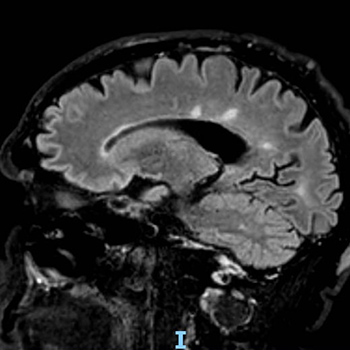Keywords
Multiple sclerosis, neurofibromatosis type 1, spasticity, chronic pain, cannabinoids
Abstract
Neurofibromatosis type 1 (NF1) is a rare autosomal dominant disease involving the skin and central nervous system (CNS), and also characterized by skeletal and spinal schwannomas that may cause chronic neurogenic pain. Furthermore, pain in NF1 is underestimated, even though it has an impact on quality of life. Multiple sclerosis (MS) is the most common acquired demyelinating disease that may in later stages present with refractory spasticity, particularly in the lower limbs. Oromucosal cannabinoid sprays are currently available for spasticity treatment in MS, with encouraging results on MS pain, but few data have been reported regarding the use of cannabinoids in NF1. We report the successful treatment of chronic neurogenic pain and spasticity in a patient with co-occurrence of NF1 and MS after a poor response to standard approaches.
References

Views: 840
HTML downloads: 94
PDF downloads: 511
Published:
2021-05-13
Issue:
2021: Vol 8 No 5
(view)










